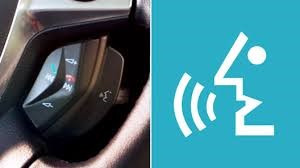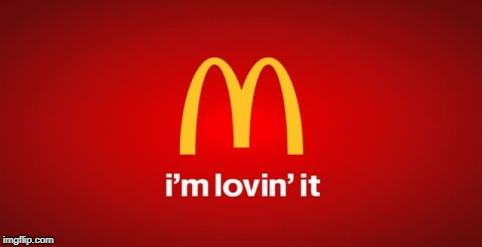In Increasingly Audible World, Sonic Branding About To Boom As It Connects Hearts & Minds Faster Than Visual Imagery.
Originally published earlier this year by Tammy Greenberg SVP of business development at the Radio Advertising Bureau (RAB), this is part of 2 of 2.
Think about sounds, tones, melodies, or jingles wedded to major brands.
There has been an exhaustive amount of research conducted throughout the past several decades regarding the power of sound and how it impacts moods, influences product sales, influences consumer spending, stimulates our brains, aids in healing, keeps us company, and triggers myriad emotional reactions.
According to Harvard Business Review, the strategic use of sound can play an important role in positively differentiating a product or service, enhancing recall, creating preference, building trust, and boosting sales.
As numerous studies indicate, sonic branding connects hearts and minds, familiar music cues generate memories, the speed of sound sparks faster responses than visual imagery, and audio signatures convey a brand’s emotions.
For the past three years, Veritonic has published a report that quantifies the value of audio logos. Key findings from the reports include:
- Jingles increase success
- Brand audio logos/cues enhance uniqueness of message
- Clarity and focus on a product drives purchase intent
- Multiple product mentions in a single spot diminishes impact
- Emphasis should be on the company’s products, not the competition
- Millennials respond more positively than older adults
The Veritonic Audio Logo Index, which was released
in early April, not only reaffirms the above findings, but also found that when
brands, including Honda and Xbox, played their audio logos at both the
beginning and the end of their ads (instead of just the end), they achieved
stronger results.
The report also revealed that audio logos with melody outperformed those
without by almost 25 percent and were more than 50 percent more memorable.
What’s more, the study found that including the name of the brand in the audio logo proved to be a powerful tactic for brands, including top scoring Liberty Mutual.
Audio Cues Are Key
Radio has proven itself to be a call-to-action medium time and time again, driving store traffic, web traffic, search activity, and leads and sales for brands large and small. An audio cue, a command that triggers a response from a smart speaker or a connected car, is simply a call-to-action that should be included in radio advertising alongside the sonic identity that represents the voice of the brand.
For radio broadcasters, it is critical to continue to have their radio station brands found and discovered on smart speakers. To ensure that happens, broadcasters use their megaphones across platforms — and it works. (For) CUMULUS Media… at the end of 2018, 19 percent of the broadcaster’s streaming listening was occurring via smart speakers.
And according to Kurt Johnson, SVP of programming at Townsquare Media, “Townsquare’s 321 stations have been steadily educating listeners and vigorously refining our smart speaker invocations over the past two years. The results are significant: Our Alexa listening is up 12 times in the past year.”
Radio stations consistently educate their listeners about new technology, fresh ideas, and innovative ways to access the radio station’s content and, when they do this, listeners react.

Giving Power to the Brand’s Voice Audio identities, audio cues, and instructions are critical for brands in a voice-activated and increasingly audible world. The only way to effectively build exposure for these signatures is through the power of the massive reach and scale that radio provides. And the best way to drive action among virtually every demographic is through radio’s influence, appealing to listeners’ hearts and minds while in their homes, their cars, at work, almost anywhere, in markets from coast to coast.
Tammy Greenberg is the SVP of business development at the Radio Advertising Bureau (RAB), a partner in the ANA Thought Leadership Program. You can email her at tgreenberg@rab.com.
